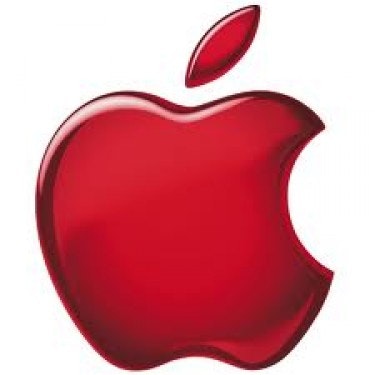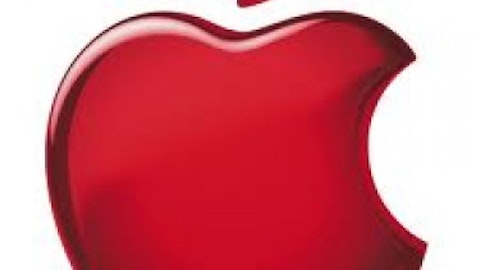Wall Street expects Apple Inc. (NASDAQ:AAPL) to sell around 45 million iPhones this quarter, with some firms holding higher estimates. It’s noteworthy that in the first quarter of FY2012, the Cupertino-based tech giant sold 37 million smartphones, and one year earlier, this total amounted to just over 16 million units. In other words, iPhone sales growth is slowing, but is still expected to be in the 20% range (yoy) next quarter.
Why is this important? Well, for starters, most analysts estimate that the iPhone generates close to two-thirds of Apple’s total profits, and nearly half of its total revenue (via Business Insider). Due to the inherently higher gross margins that smartphones provide in comparison to, let’s say, tablets, we can see why investors should place so much importance on quantifying the iPhone’s success.
Regarding Apple’s newest iteration of the device, there have been multiple reports that even though the company’s smartphone revenue base is increasing, the overall portion that is derived from the iPhone 5 is shrinking. AllThingsD originally reported this phenomenon earlier this month, and we did an analysis as well. Here’s an excerpt:
“A research report from Consumer Intelligence Research Partners shows that “by some metrics, the iPhone 5 underperformed compared to its predecessor, the iPhone 4S.” More specifically, “the iPhone 5 accounted for 68 percent of total iPhone sales during its first month at market — significantly less than the iPhone 4S, which accounted for 90 percent of all iPhone sales during its first month of retail availability.””
There are two ways to look at this scenario. The first, is quite simple: Apple Inc. (NASDAQ:AAPL) is expanding the scope of its marketplace, and is placing a greater focus on consumers with less discretionary income, i.e. those that would be willing to pay less for a slightly outdated iPhone (the 4 or 4S). With a recent discount program available for the iPhone 5 at Wal-Mart (see: Apple iPhone 5 Selling at a Discount in Wal-Mart Stores), it’s clear that this strategy is being employed to at least some degree.
From a bear’s point of view, however, an increased demand for the older “legacy” iPhones may indicate that fewer consumers are viewing the iPhone 5 as a true upgrade from the iPhone 4S, at least on an aggregate scale.
While it is temping to think that investors shouldn’t care which iPhone model Apple Inc. (NASDAQ:AAPL) sells, as long as the revenue base is growing, it’s crucial to realize that Apple’s best margins come from its newest smartphone. Jefferies expects gross margins from the iPhone 5 to hit 55% in Q1, which is inherently higher than the profit per unit Apple receives from older, discounted phones.





